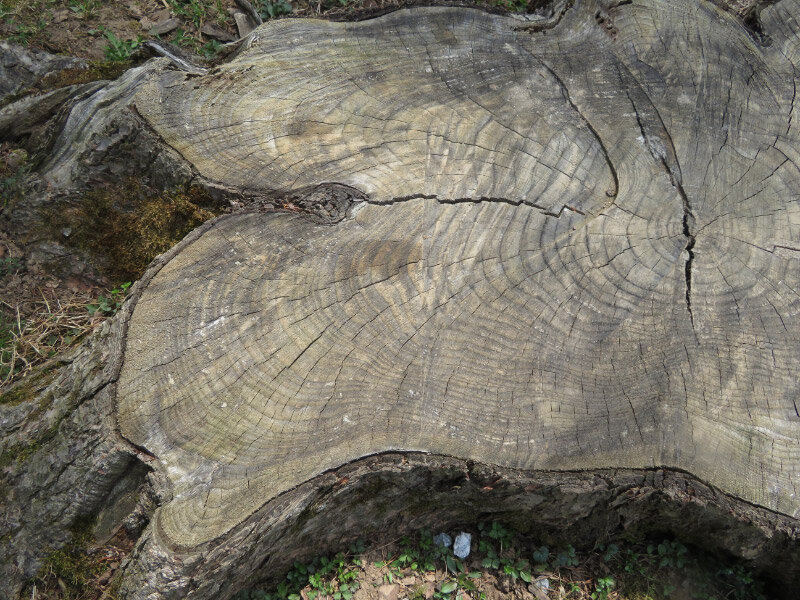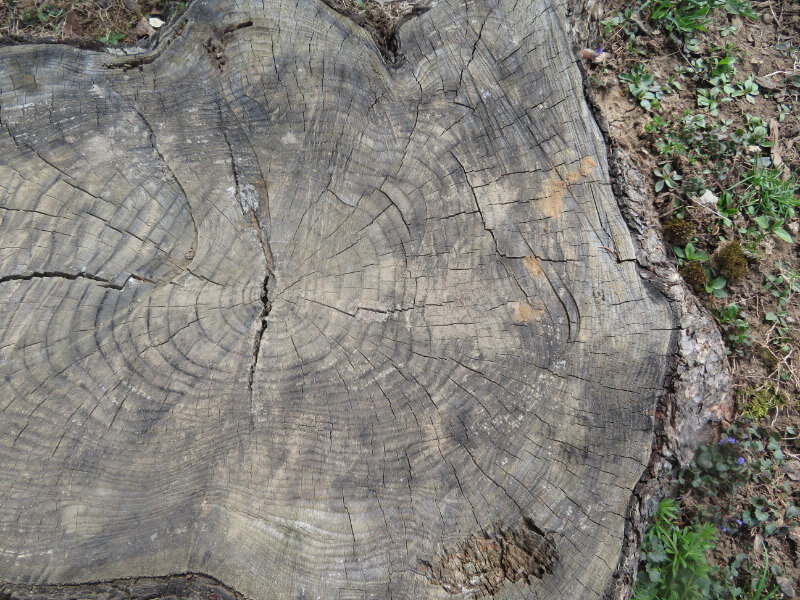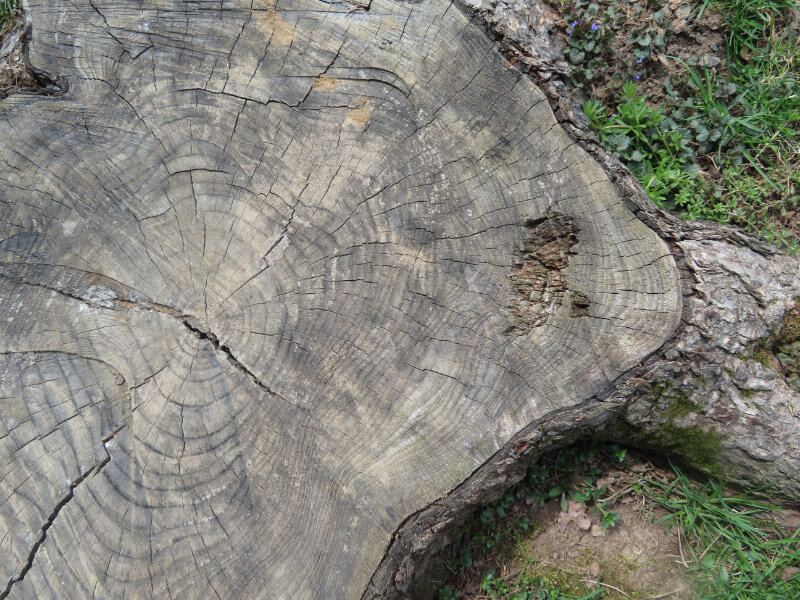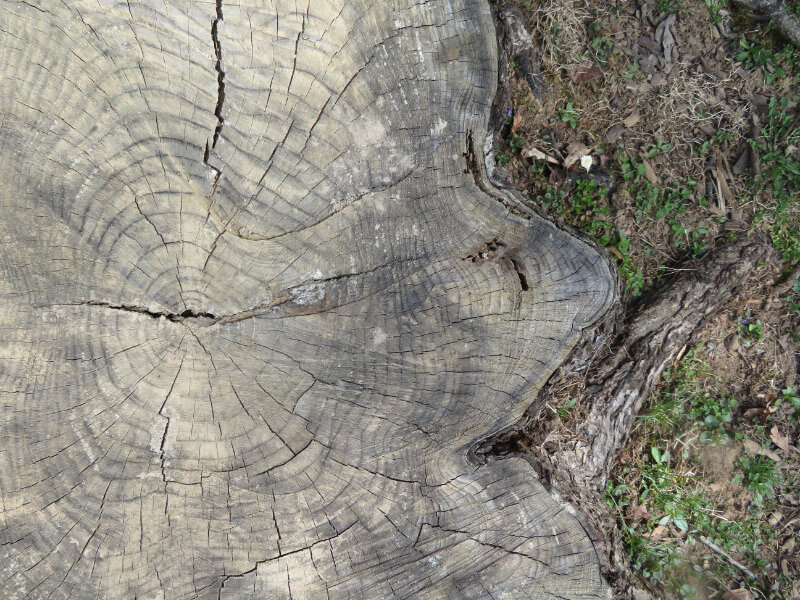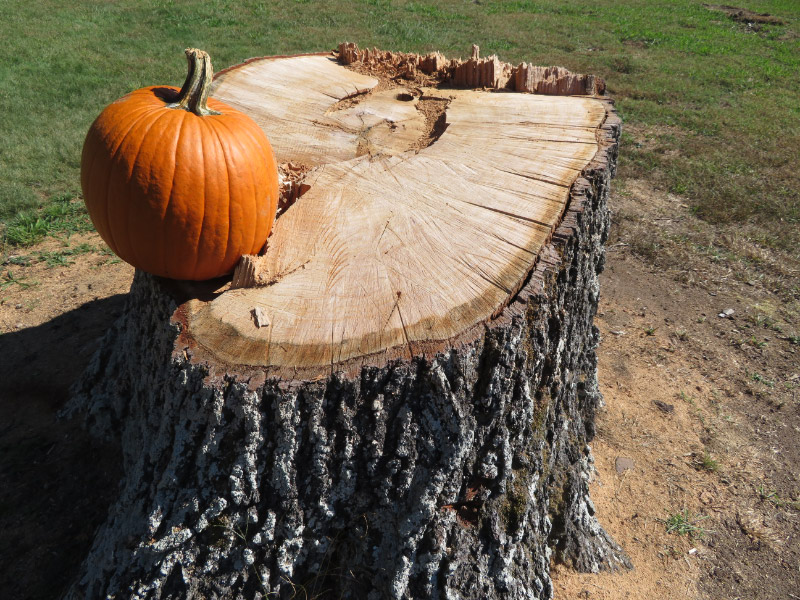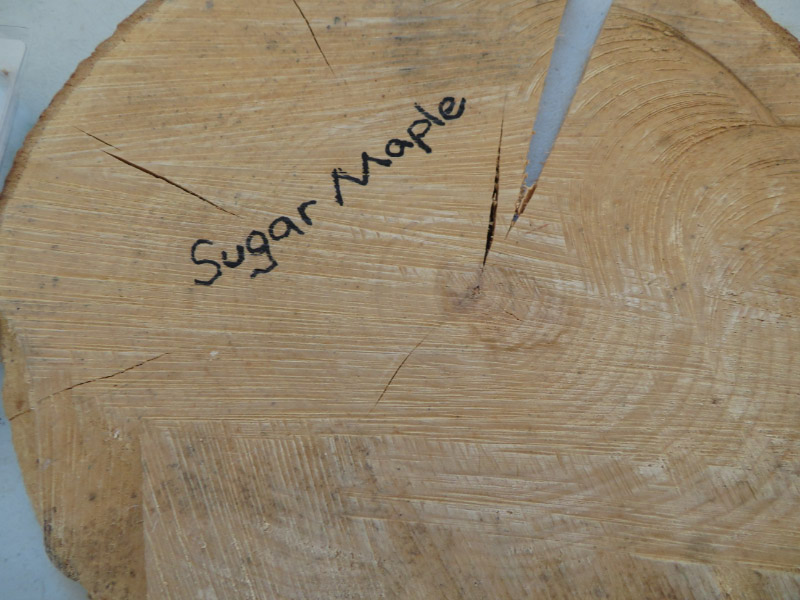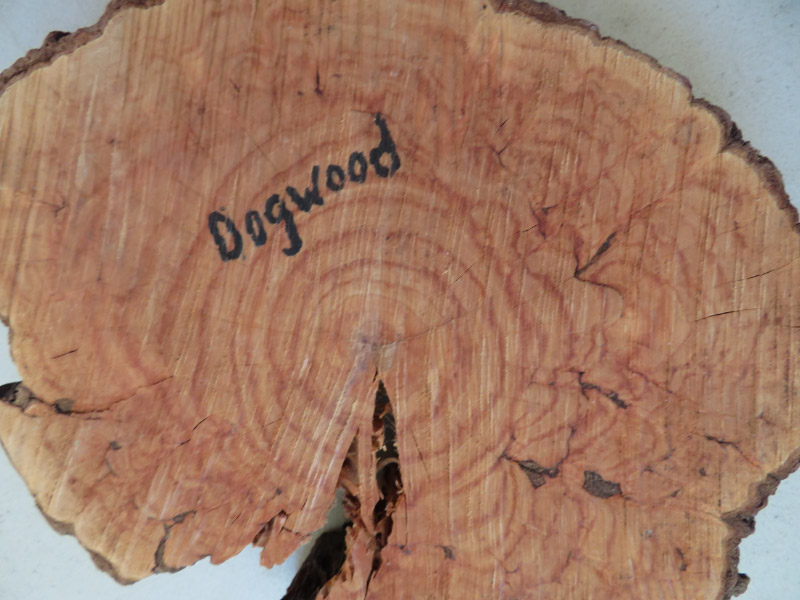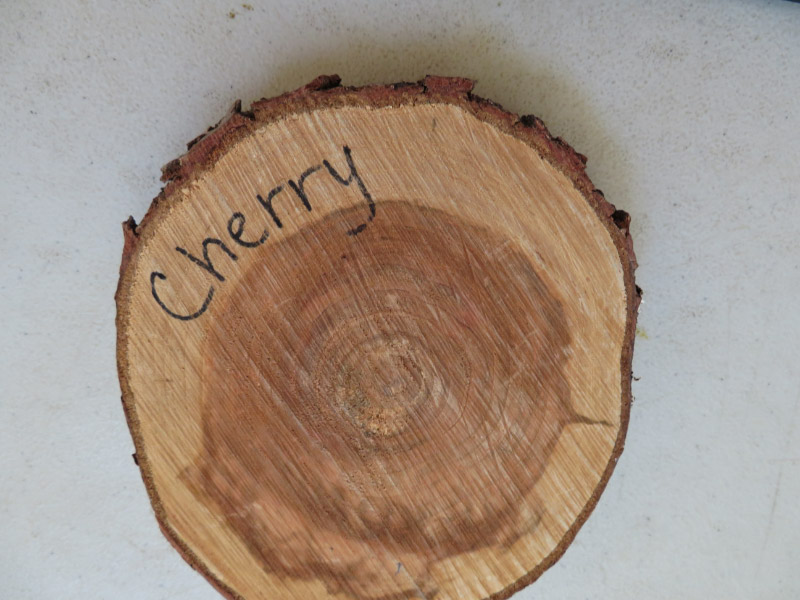Professional Tree Trimming
/My daughter has been talking about getting a professional assessment of the trees in her yard (some probably over 70 years old) since she bought the house about 5 years ago; the idea became urgent when she noticed some limbs of a redbud leaning on her roof near the electric lines. I was there when she walked around with the arborist to assess what needed to be done. Fortunately, the redbud was the most significant!
The southern magnolia only needed a few low branches near another part of the roof taked off; over the street the branches were high enough that they weren’t problematic for traffic on the side street.
The two Amur maples had some dead branches. The one near the garden room and over the driveway had been accidently poisoned last year by a vender treating weeds growing between bricks; fortunately, most of it has recovered this year. The first two pictures are from before…the last one from after.
The Amur maple in the back corner was a little too close to power lines so it was proactively trimmed to avoid becoming entangled.
The crabapple had some low branches but was evidently otherwise in good shape. It is a smaller and better shaped tree now.
The river birch had some branches that were hanging so low they were in the way. Now it is trimmed up. It self-prunes small branches frequently…something that the species does naturally.
The big job was the redbud. It was blooming but had some dead branches…and there was a split in the main trunk. The assessment was that it could not be saved. It came down in pieces.
They cut 10 large tree cookies from one of the large branches!
I photographed the stump first shortly after it was cut. Since the center had rotted…we were not going to be able to determine the age of the tree.
I swept it off to try to count the rings that were still intact, and it was still not an easy task. The outer part of the stump is convoluted. I wondered if this is normal for older redbud trunks.
My daughter and I are going to plant some spice bush around the redbud stump. It won’t get tall enough to interfere with the electrical lines….but fill in the blank space at ground level left by the older tree.
The tree trimmers left us wood chips….more about what I am doing with them in a post next week!


























